Good day! I’m Andrew, and today we’re diving into the new 2026 Toyota Hilux, which has just been spotted in testing. I’ll walk you through its features, what we know so far, and what to expect as it’s slated to be unveiled later in 2025. Let’s jump straight in!
Spy Photos and Platform Insights
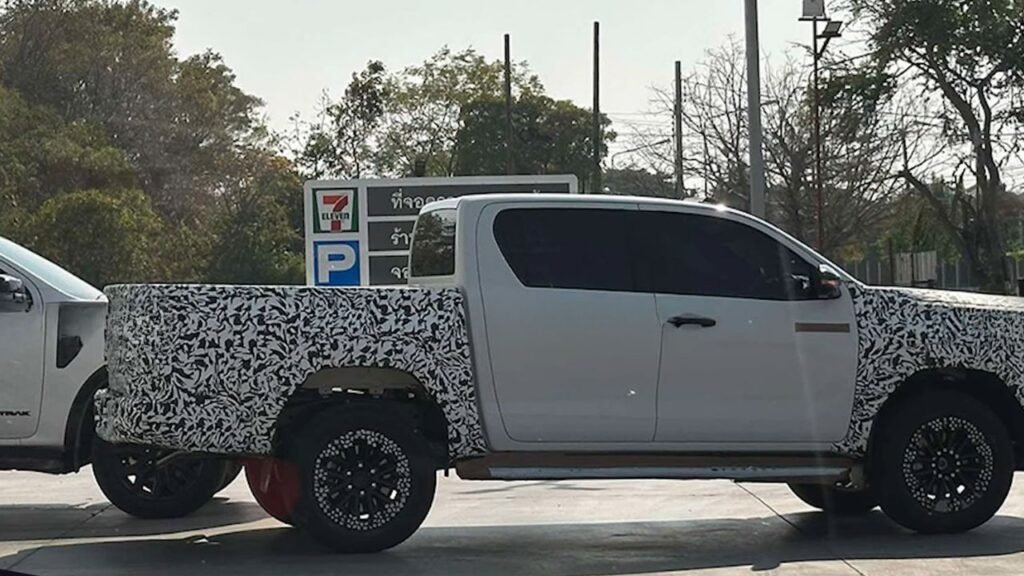
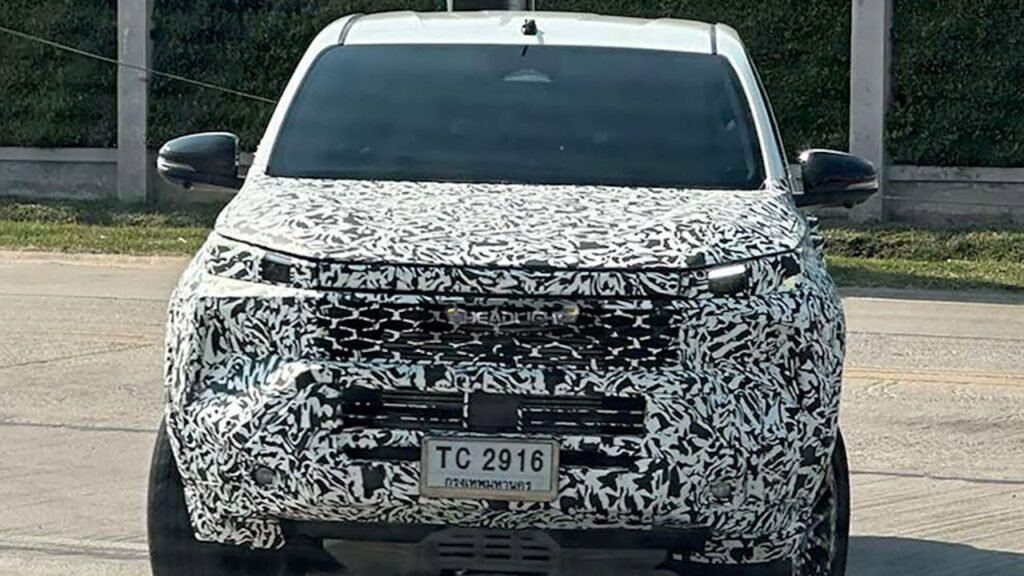
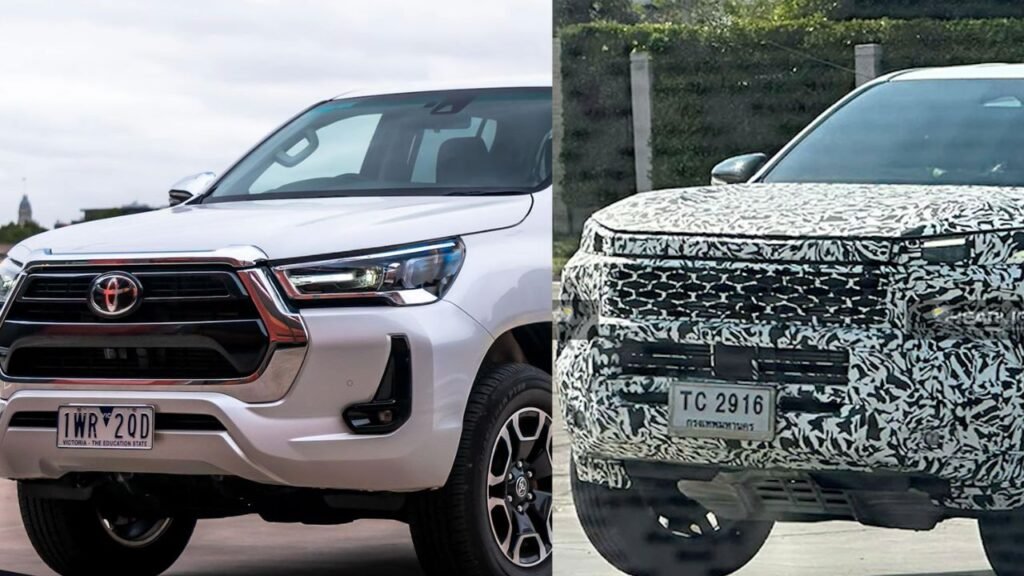
Headlight Magazine, a publication from Thailand, has recently captured spy photos of the new Hilux being tested in Thailand. As a model primarily built for the Australian market, this brings us some surprising and slightly disappointing news: the Hilux appears to continue using the current IMV platform.
The IMV platform dates back to 2004 and, despite a significant update in 2015, it’s now considered outdated in the automotive world. While it’s not quite as ancient as the 70 Series, it remains a far cry from the modular, cutting-edge platforms used by competitors.
What is a Platform?
For those unfamiliar, a vehicle platform refers to its core underpinnings—chassis, dimensions, electrical system, and drivetrain components. The Hilux was expected to move to Toyota’s TNGA-F modular platform, which underpins models like the Prado, Land Cruiser 300, GX, and Tundra. Unfortunately, spy photos reveal that the center section of the vehicle remains unchanged, strongly indicating a carryover of the old platform.
Exterior Changes
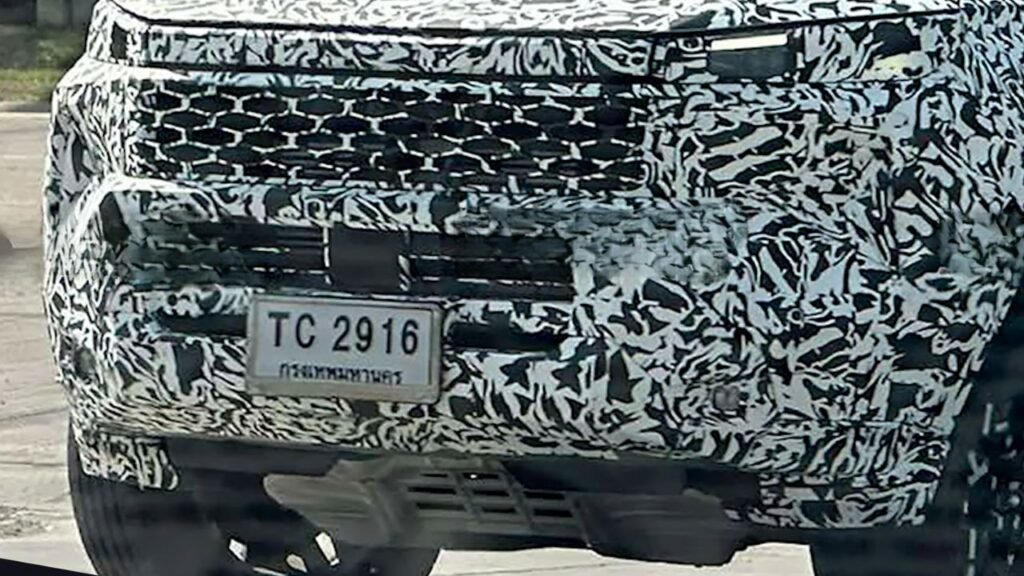

Despite the carryover platform, there are visible updates to the Hilux’s exterior. Key changes include:
- Front and Rear Updates: New headlight assembly with what appears to be an air dam underneath, though likely non-functional in these early prototypes.
- Grille Design: A larger, open grille with a covered upper section, possibly housing Toyota lettering.
- Bonnet and Underbody: A redesigned bonnet and visible underbody protection, with potential aerodynamic improvements to reduce fuel consumption.
Headlight Magazine also released renders showing a more aggressive design, though the Hilux’s dimensions and stance will likely remain conservative compared to wider competitors like the Ford Ranger.
Interior and Cabin Space
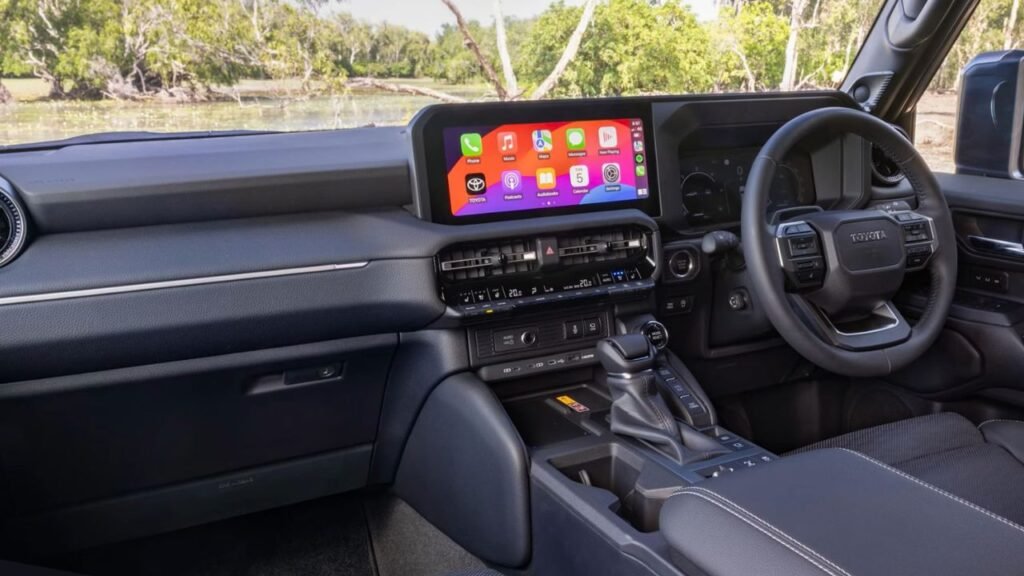
Interior updates are expected to be minimal due to the carryover platform. The cabin width and rear legroom will likely remain unchanged. However, Toyota may introduce technology upgrades, such as larger screens and advanced features borrowed from the Prado. Overall, the interior might feel somewhat dated compared to newer models in the segment.
Drivetrain and Engines
The carryover platform restricts engine options to those compatible with the current setup. Likely options include:
- 2.8L Diesel Engine: Carrying over with 500 Nm of torque, more than adequate for most needs.
- 48V Mild Hybrid System: Introduced to comply with Australian emissions regulations.
- Potential Hybrid Options: While a plug-in hybrid is unlikely, Toyota may adapt its tested petrol-hybrid system from the Land Cruiser.
Disc brakes, which debuted on the Rogue and GR Sport trims, appear on the rear axle in the spy photos, a welcome technological improvement.
Emissions Regulations and Impact on Pricing
Australia’s new emissions regulations (ENVs) are set to impact vehicle pricing significantly. These regulations fine manufacturers for exceeding emissions benchmarks across their fleet. Manufacturers, in turn, pass these fines onto consumers, raising vehicle prices—especially for workhorse models like the Hilux.
Toyota’s current platform, dating back to 2004, highlights the difficulty of meeting these regulations with short notice. This scenario could lead to increased costs for both businesses and consumers.


